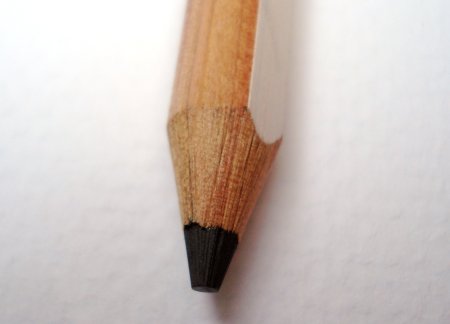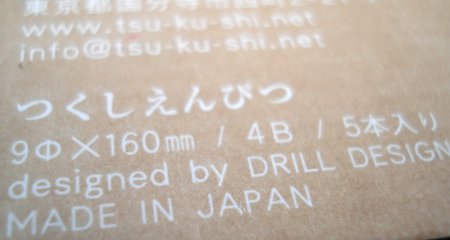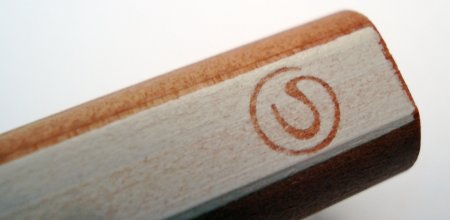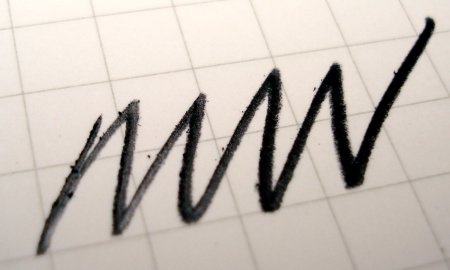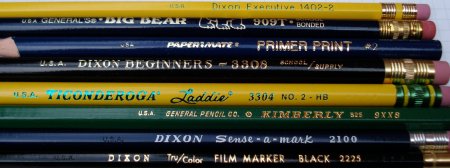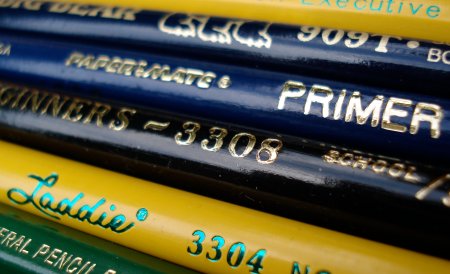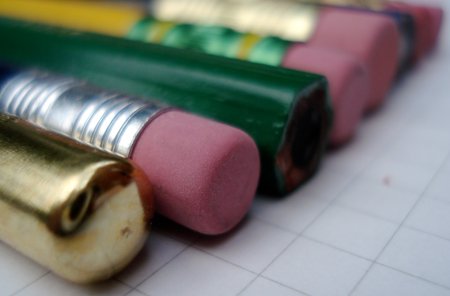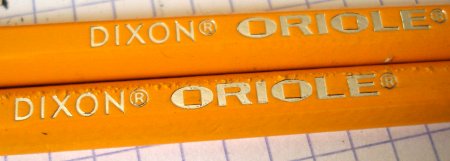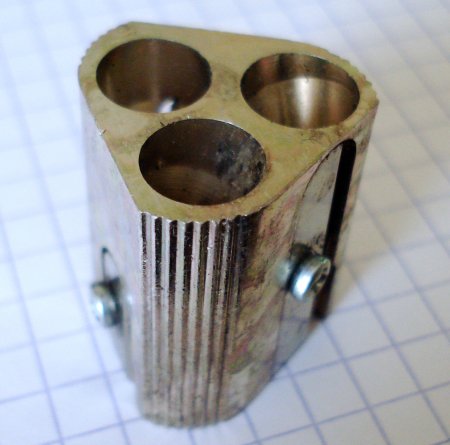I hope you like the blog’s updated appearance! Please let me know if you discover any problems.
There are a few changes behind the scenes as well. The categories and indexing have been neglected for too long, making the content less accessible than it should be. I’ve gone through the first two years of the blog, and have attempted to accurately categorize each post. I’ll keep working on this.
As a small celebration, here’s a contest: The blog’s “banner” is the rectangular photo at the top of each page. Until yesterday, that banner showed green erasers from the FSC Canada pencil. Can you identify the pencil that was shown on the first banner used by this blog?
The prize:
A Pilot Foam eraser, a Mitsubishi Hi-Uni Super-DX pencil, and an Ito-ya pencil extender in white.
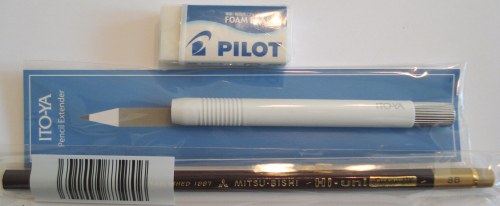
Just leave a comment with the answer. The first correct answer wins. (The winner can send me their postal address via email, and the prize will be sent via Canada Post.) The contest runs until midnight on June 23, EDT.

